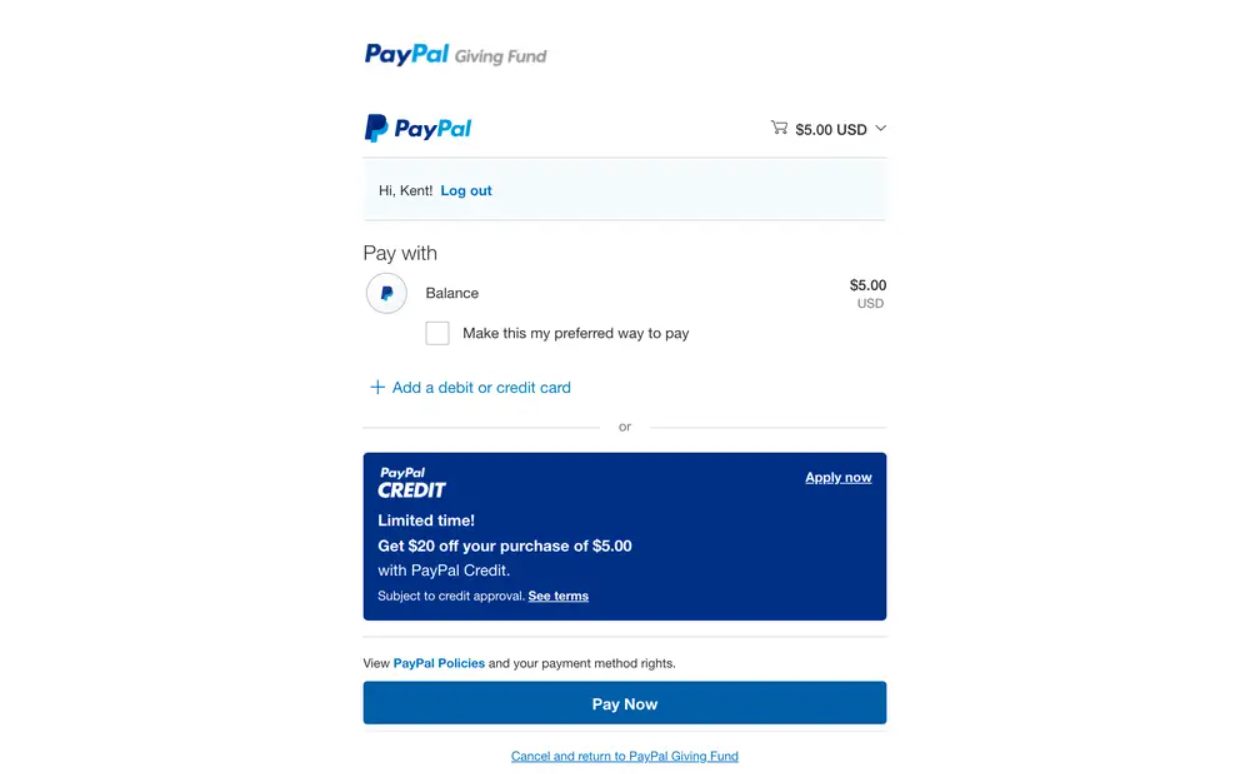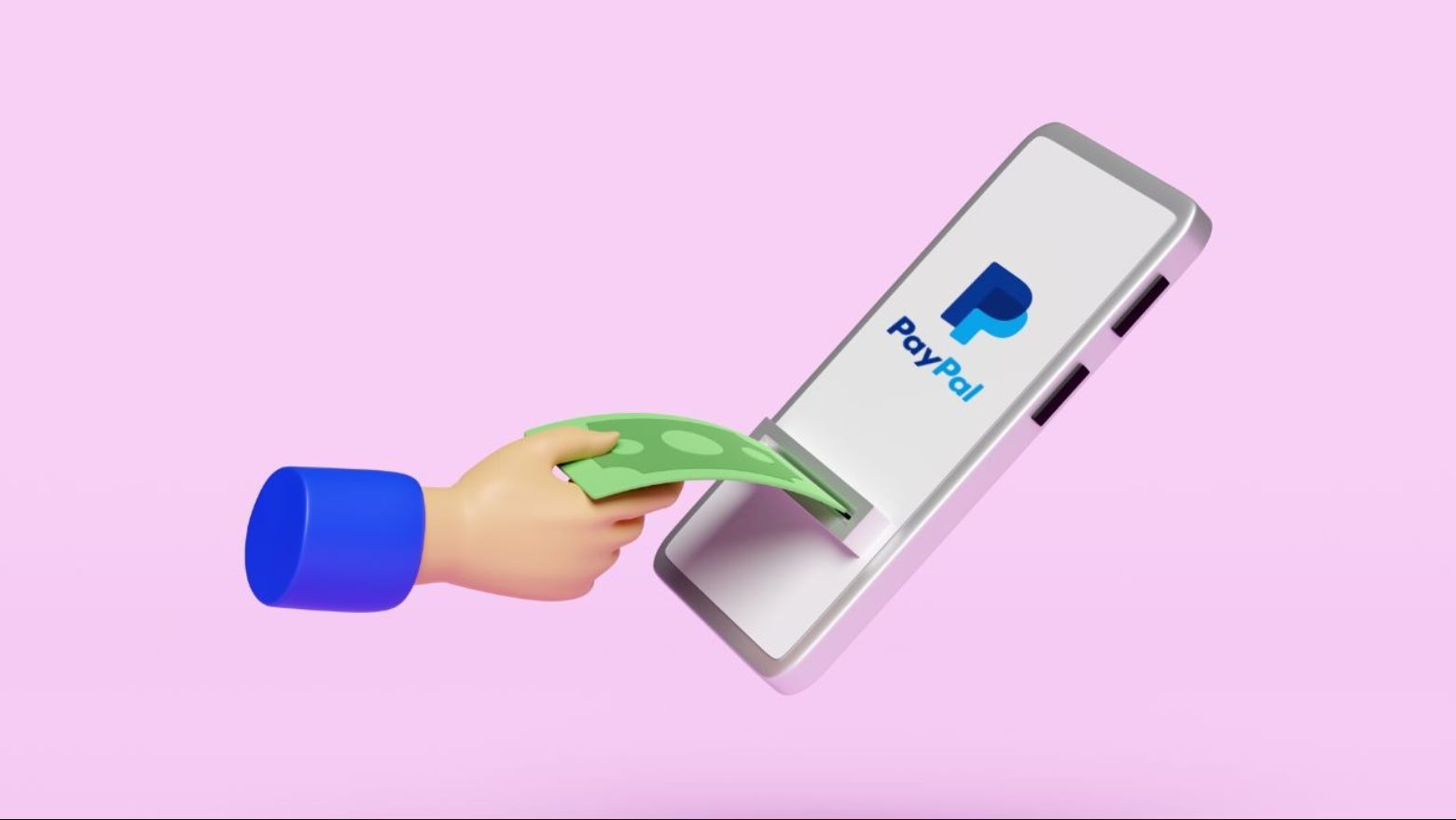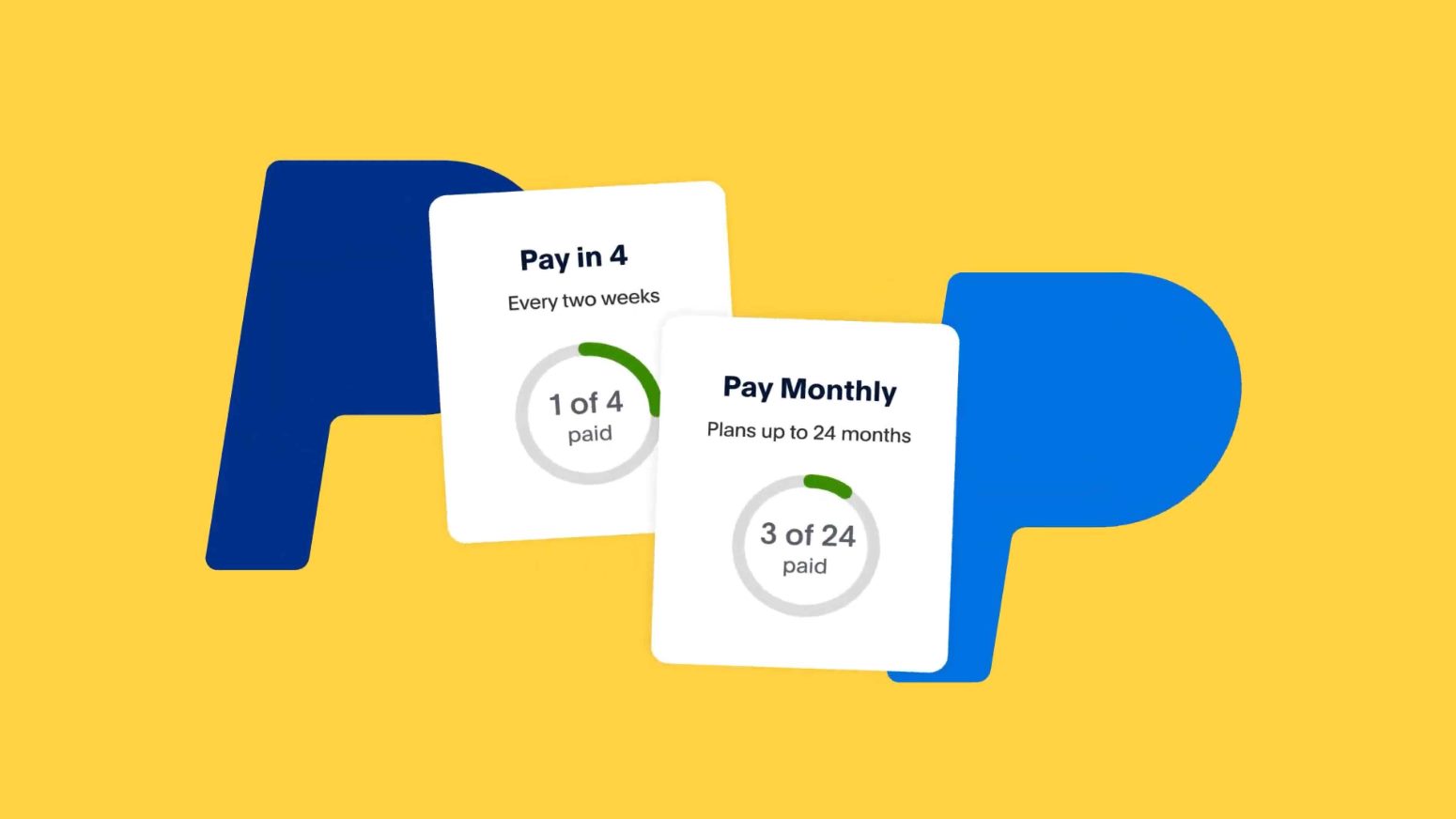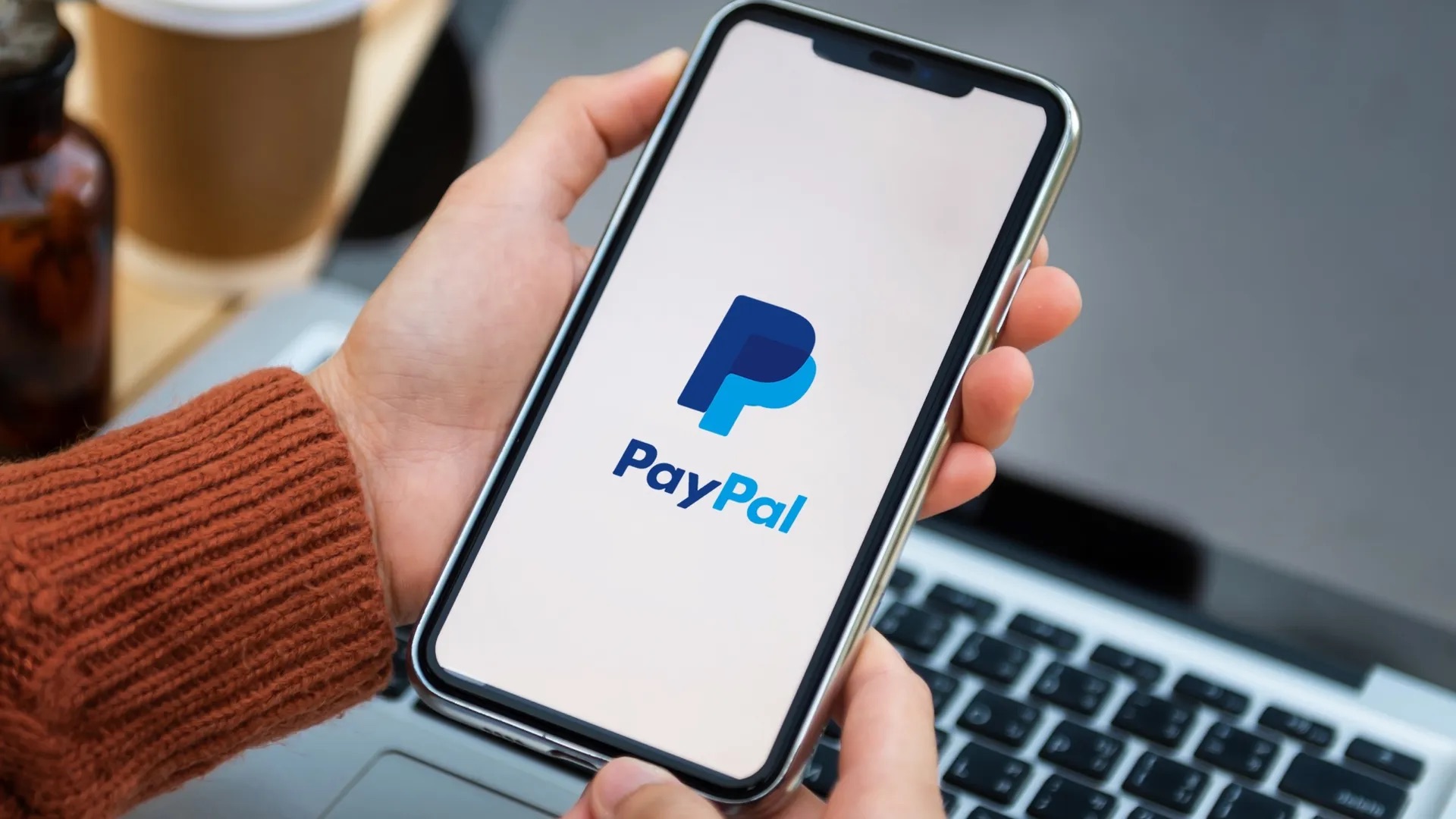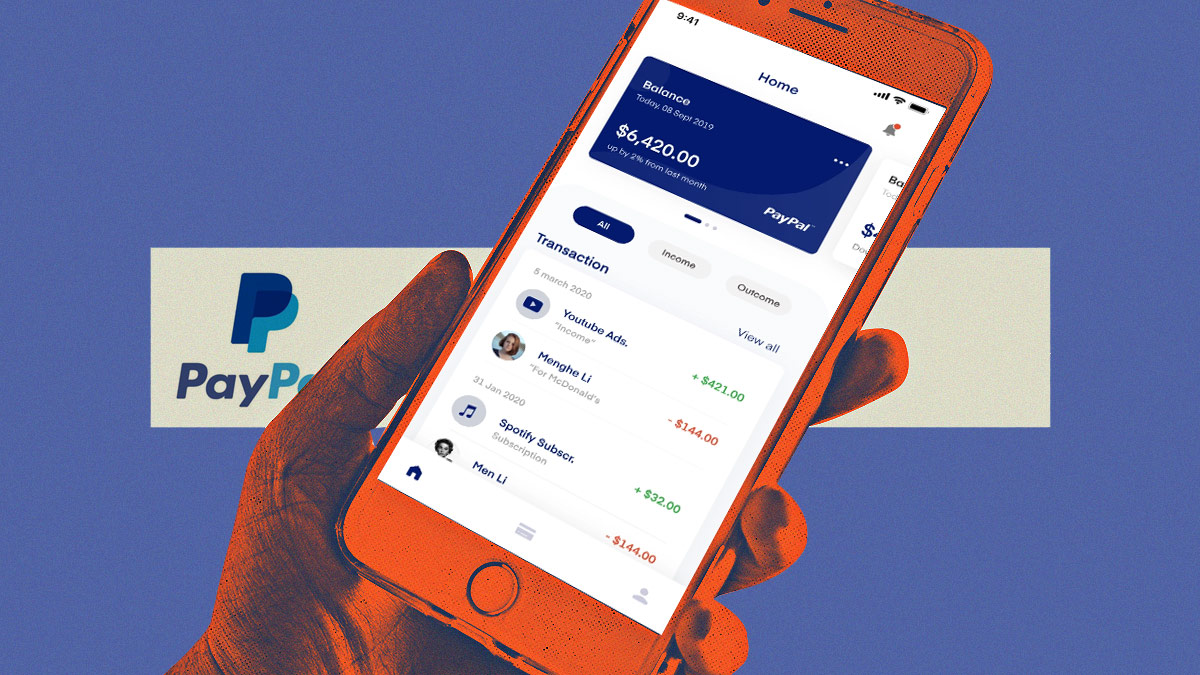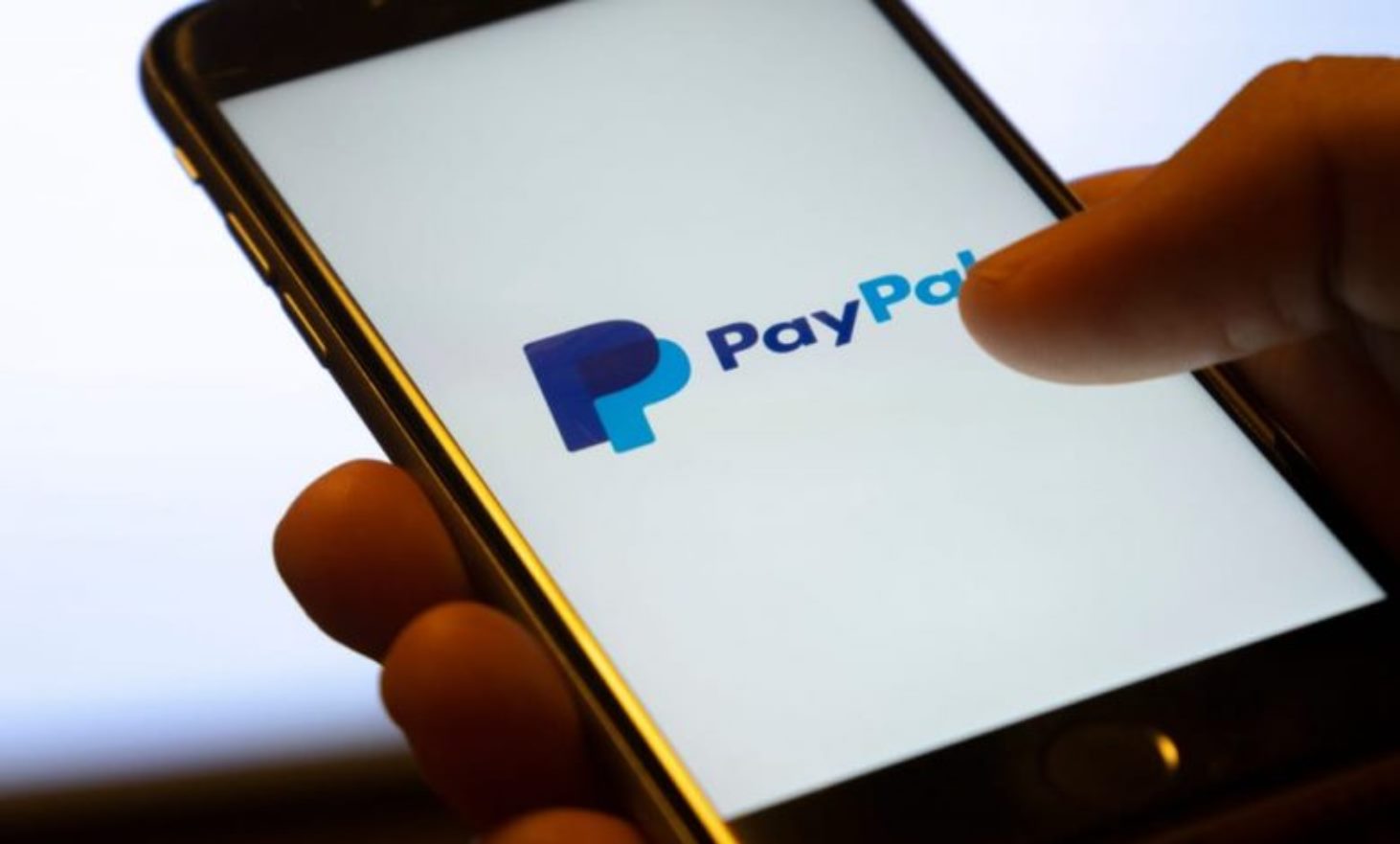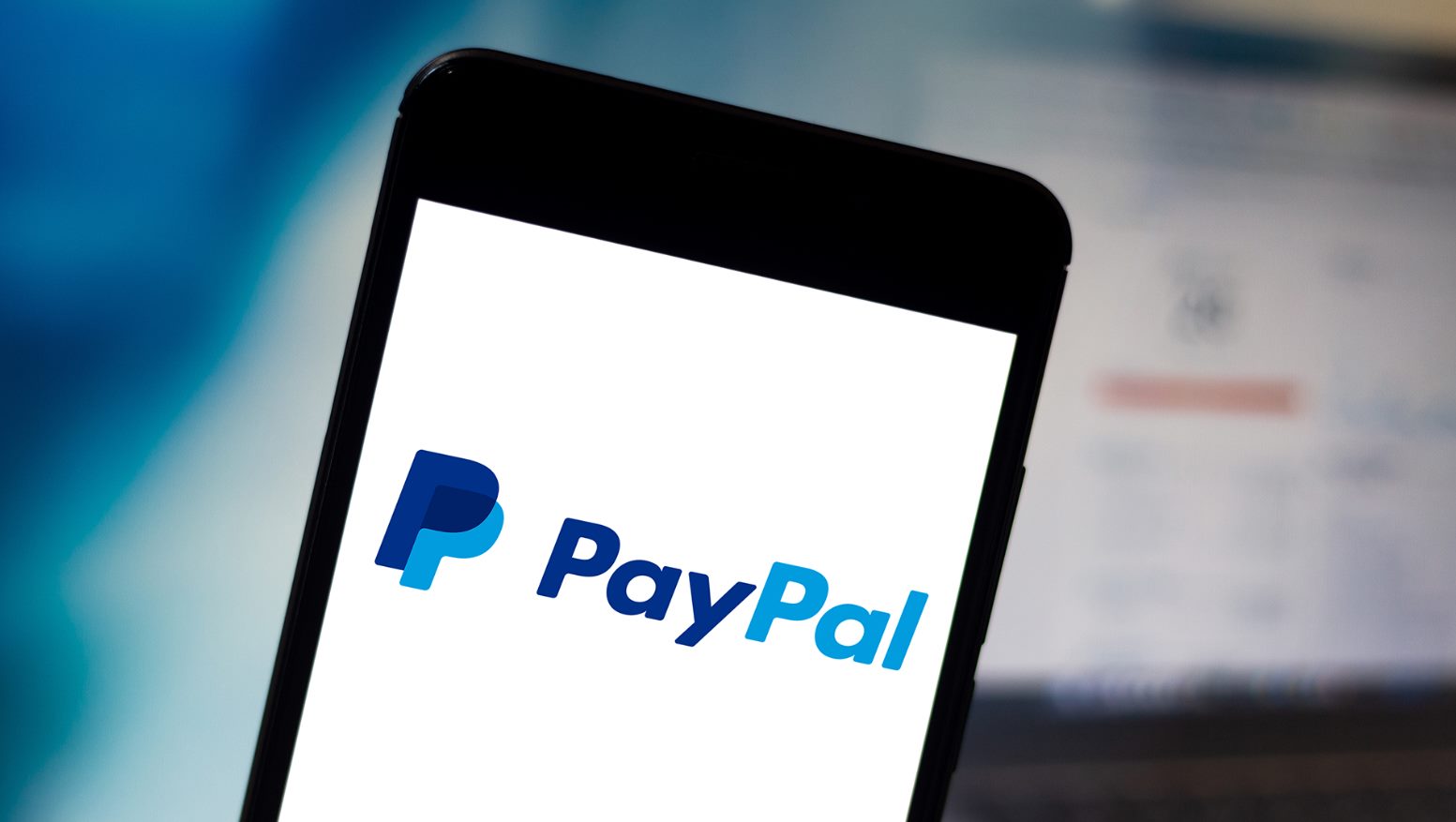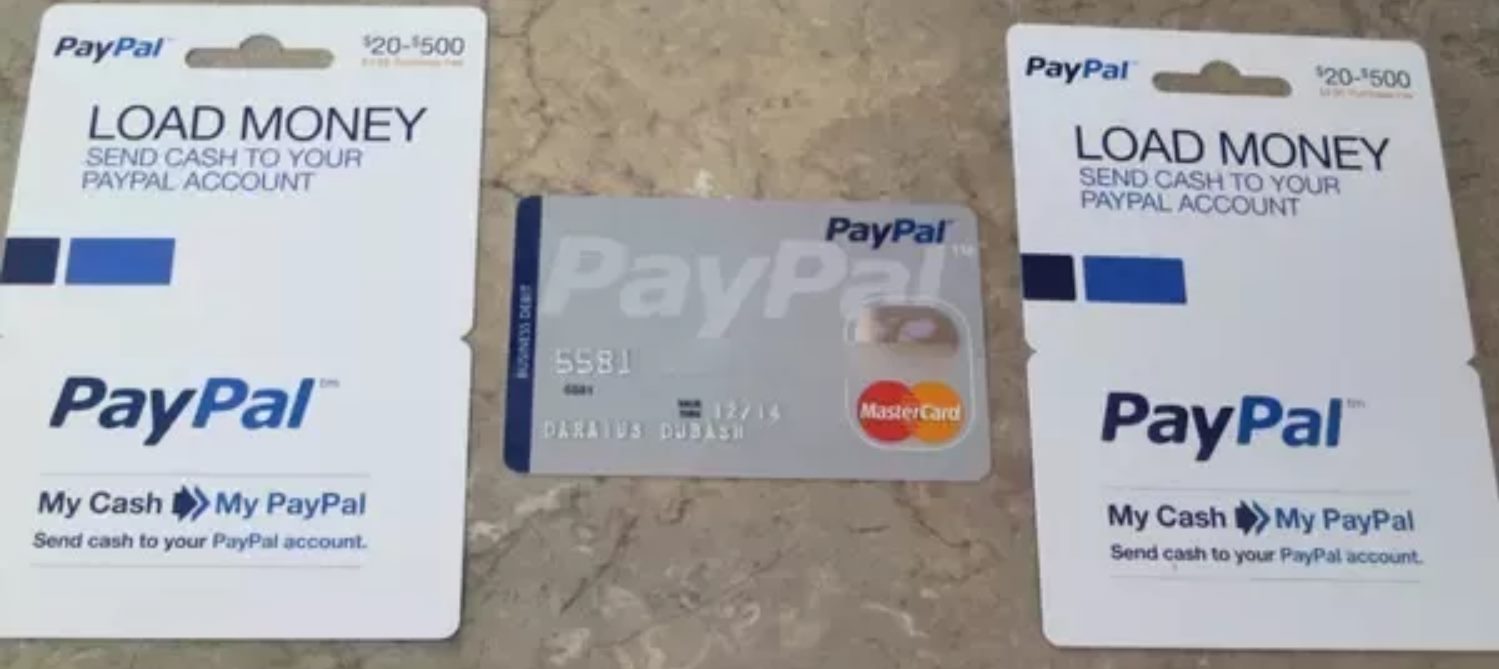Introduction
Welcome to our guide on how to pay by PayPal without an account. PayPal has become one of the most popular online payment platforms, offering a convenient and secure way to make transactions on the internet. Whether you’re buying goods from an online retailer, sending money to family and friends, or even using it for business purposes, PayPal has simplified the payment process for millions of users worldwide.
However, you may find yourself in a situation where you don’t have a PayPal account but still need to make a payment using this widely accepted method. The good news is that PayPal allows you to pay with a debit or credit card, even if you don’t have an account. In this guide, we will walk you through the steps on how to use PayPal as a guest and complete your payment smoothly.
By the end of this guide, you’ll have a clear understanding of how to navigate the PayPal payment process without the need for an account, providing you with a convenient alternative to make quick and secure transactions online.
What is PayPal?
PayPal is a widely recognized and trusted online payment platform that allows individuals and businesses to send and receive money electronically. It serves as a secure intermediary between buyers and sellers, providing a convenient way to complete transactions without needing to share sensitive financial information.
Founded in 1998, PayPal has grown to become one of the leading payment processors globally, with a presence in over 200 countries and supporting transactions in multiple currencies. The platform enables users to link their bank accounts, credit cards, or debit cards to their PayPal account, providing a range of options for funding payments.
One of PayPal’s key features is its buyer protection program, which offers peace of mind to consumers when making online purchases. This program helps resolve disputes and provides refunds in cases of unauthorized transactions or items not received as described, adding an extra layer of security for PayPal users.
Moreover, PayPal has expanded its services beyond individual payments, offering solutions for e-commerce businesses with features such as PayPal Business Accounts, payment gateways, and integration options for online stores. It has become an integral part of the online shopping experience, with many online retailers accepting PayPal as a payment method.
Overall, PayPal’s user-friendly interface, robust security measures, wide acceptance, and reliable customer support have contributed to its immense popularity among online shoppers and sellers alike. Whether you’re paying for goods or services, sending money to family or friends, or even making international transactions, PayPal provides a convenient and secure platform to fulfill your payment needs.
The Benefits of Using PayPal
PayPal offers several advantages that make it a preferred choice for online payments. Let’s explore some of the benefits of using PayPal:
- Convenience: PayPal allows you to make payments with just a few clicks, eliminating the need to manually enter your payment information for each transaction. You can easily link your debit or credit card to your PayPal account and make payments without having to share your card details with multiple websites.
- Security: With PayPal’s advanced encryption technology, your financial information remains secure when making online payments. PayPal provides an additional layer of protection by not sharing your full financial information with sellers, reducing the risk of unauthorized transactions or identity theft.
- Buyer Protection: PayPal’s buyer protection program helps safeguard your purchases. If you don’t receive your order or receive an item significantly different from the description, PayPal may provide refunds or assistance in resolving disputes, ensuring a worry-free shopping experience.
- Wide Acceptance: PayPal is accepted by a vast number of online merchants, making it a convenient payment option across various platforms and websites. Whether you’re shopping for clothing, electronics, or booking travel accommodations, chances are you’ll find PayPal as a payment option at checkout.
- International Transactions: PayPal supports transactions in multiple currencies, enabling you to make payments globally without worrying about currency conversions. It simplifies cross-border transactions and eliminates the need to exchange currencies or pay additional fees to complete international transfers.
- Mobile Payments: With the PayPal mobile app, you can conveniently make payments on the go using your smartphone or tablet. Whether you’re shopping online or sending money to friends, the PayPal app provides a seamless mobile payment experience.
- Business Solutions: For businesses, PayPal offers a range of tools and services to facilitate online payments. From payment gateways to invoicing solutions and customizable checkout options, PayPal provides business owners with the tools they need to streamline their payment processes and grow their ventures.
These are just a few of the many benefits that PayPal offers to its users. Whether you’re a consumer or a business owner, PayPal’s convenience, security, and wide acceptance make it a reliable and popular choice for online payments.
How to Pay by PayPal without an Account
If you don’t have a PayPal account, you can still complete a payment using PayPal as a guest. Follow these simple steps to make a payment without creating an account:
- Step 1: Go to the Merchant’s Website
Start by visiting the website of the merchant or online retailer where you want to make a purchase. Browse their products or services and add the desired items to your cart. - Step 2: Select PayPal as the Payment Method
During the checkout process, look for the option to select your payment method. Choose PayPal as your preferred payment option. - Step 3: Click on “Pay with Debit or Credit Card”
On the PayPal login page, you’ll see two options: “Log In” and “Pay with Debit or Credit Card.” Click on the latter option to proceed as a guest. - Step 4: Fill in Your Payment Details
You will be redirected to a page where you can enter your payment details, such as your debit or credit card number, expiration date, and CVV code. Fill in the required information accurately. - Step 5: Review and Confirm Your Payment
Double-check the payment details, including the total amount and the items you’re purchasing. Once you’re satisfied, click on the “Pay Now” or “Submit” button to finalize the payment.
That’s it! You’ve successfully made a payment using PayPal without the need for an account. The transaction will be processed, and you’ll receive a confirmation email with the payment details.
It’s important to note that when paying as a guest, you won’t have the same benefits and features available to a registered PayPal account holder. However, you can still enjoy the convenience and security of using PayPal for your online transactions.
Furthermore, some merchants may require you to create a PayPal account to process your payment. In such cases, you will be prompted to create an account during the payment process.
By following these simple steps, you can easily make payments through PayPal without the hassle of setting up an account. Whether you’re purchasing products or services online, paying bills, or sending money, PayPal offers a convenient and secure guest checkout option for quick and seamless transactions.
Step 1: Go to the Merchant’s Website
The first step in paying by PayPal without an account is to visit the website of the merchant or online retailer where you want to make a purchase. This could be an e-commerce store, a service provider, or any other website that accepts PayPal as a payment method.
Start by opening your web browser and entering the URL of the merchant’s website. Alternatively, you can search for the merchant’s name or products in a search engine, and click on the appropriate search result to access their website.
Once you’ve reached the merchant’s website, take some time to explore the available products or services. Add the items you wish to purchase to your shopping cart by clicking on the “Add to Cart” or similar buttons provided alongside each product.
If the merchant offers any customization options, such as selecting sizes, colors, or quantities, make sure to choose the desired preferences before adding the item to your cart.
After adding all the items you want to purchase to your cart, you can proceed to the checkout process. Look for a “Checkout,” “Proceed to Checkout,” or similar button on the website, usually located in the top right corner of the page or within the shopping cart section.
Clicking on the checkout button will redirect you to the payment page, where you’ll have the opportunity to choose your preferred payment method.
On some websites, you may need to create an account or log in before proceeding to the checkout. However, if the merchant accepts PayPal payments without requiring an account, you can simply proceed as a guest and continue with the payment process.
By following this first step, you’ll be able to navigate to the merchant’s website and add the desired items to your cart, setting the stage for the next steps in completing your payment using PayPal without the need for an account.
Step 2: Select PayPal as the Payment Method
Once you have added all the desired items to your shopping cart on the merchant’s website, it’s time to select PayPal as your preferred payment method. Look for the payment options during the checkout process, usually located on the payment or order summary page.
On the checkout page, you will typically see a list of available payment methods accepted by the merchant. Look for the PayPal logo or the option to pay with PayPal. It may be labeled as “PayPal,” “Pay with PayPal,” or similar wording.
Click on the PayPal option to select it as your payment method. In some cases, you may need to tick a checkbox or select a radio button to indicate that you want to pay by PayPal.
When you select PayPal as your payment method, the merchant’s website will establish a connection with PayPal to facilitate the payment process. You will be redirected to a PayPal page or a pop-up window that guides you through the payment using your debit or credit card as a guest.
It’s important to note that you are still able to use PayPal as a guest without a registered PayPal account. By selecting PayPal as your payment method, you are leveraging PayPal’s secure infrastructure and seamless payment processing, even without having an account.
Once you have successfully completed this step, you are a step closer to finalizing your payment using PayPal without an account. The next step will guide you through the process of entering your payment details to complete the transaction.
Step 3: Click on “Pay with Debit or Credit Card”
After selecting PayPal as your payment method on the merchant’s website, you will be redirected to a PayPal page or a pop-up window that allows you to proceed with the payment. Here, you will find two options: “Log In” or “Pay with Debit or Credit Card.” To continue without an account, click on the “Pay with Debit or Credit Card” option.
By clicking on this option, you can complete the payment using your debit or credit card details as a guest. PayPal provides this convenient feature to enable individuals who don’t have a PayPal account to still make secure online payments.
Upon clicking on “Pay with Debit or Credit Card,” you will be directed to a form where you can enter your payment information. The form typically includes fields such as card number, expiration date, CVV/CVC code (the three-digit security code on the back of your card), and your billing address.
Take care to enter the correct card details and ensure that they match the information associated with your debit or credit card. Accuracy is essential to ensure a smooth transaction and avoid any potential issues during the payment process.
Furthermore, some merchants may require additional information, such as your name, email address, or phone number, to complete the payment. Provide any necessary details requested by the merchant within the PayPal payment form.
Once you have filled in all the required payment details, double-check everything to ensure accuracy. Mistakes in the payment information could result in a failed transaction or delays in processing the payment.
After reviewing and confirming that all the information is correct, you can proceed to the next step by clicking on the “Continue” or “Next” button, depending on the interface presented to you by PayPal.
By following this step, you will have successfully clicked on the “Pay with Debit or Credit Card” option, allowing you to enter your card details as a guest on the PayPal platform. The next step will guide you through reviewing and confirming your payment to complete the transaction.
Step 4: Fill in Your Payment Details
After clicking on the “Pay with Debit or Credit Card” option, you will be directed to a page where you can enter your payment details to complete the transaction. This step involves filling in the necessary information related to your debit or credit card.
On this page, you will typically find fields to enter your card number, expiration date, CVV/CVC code, and billing address. Take care to enter the correct information, as any inaccuracies could result in a failed transaction or delays in processing your payment.
Start by entering your card number, which is typically a 16-digit sequence found on the front of your debit or credit card. Make sure to input the numbers without any spaces or dashes.
Next, provide the expiration date of your card. It usually consists of the month (e.g., 01 for January) and the year (e.g., 2025). Select the appropriate month and year from the dropdown menus provided.
Following the expiration date, you will see a field to enter the CVV/CVC code. This three-digit security code is typically found on the back of your card, usually on or near the signature strip. Enter the code accurately to validate your payment.
Lastly, provide the billing address associated with your debit or credit card. This is the address where your card statements are sent. Fill in the required fields, such as street address, city, state/province, postal code, and country.
Some merchants may require additional information, such as your name, email address, or phone number. If prompted, provide the requested details to ensure a smooth transaction process.
Once you have entered all the necessary payment details, take a moment to carefully review the information you have provided. Ensure that everything is accurate and matches the details associated with your debit or credit card. This step is crucial to avoid any issues with the payment and ensure a successful transaction.
After verifying that all the payment details are correct, you can proceed to the next step by clicking on the “Continue” or “Next” button, depending on the interface presented by PayPal.
By following this step, you will have successfully filled in your payment details, providing the required information about your debit or credit card. The next step will guide you through reviewing and confirming your payment before it is processed.
Step 5: Review and Confirm Your Payment
After entering your payment details, you’re now at the final step of paying by PayPal without an account: reviewing and confirming your payment. This step ensures that all the information is accurate before proceeding with the transaction.
On the review page, you will see a summary of your payment, including the total amount, the items or services you are paying for, and the payment method you have chosen (PayPal Guest Checkout with your debit or credit card).
Carefully review the payment details to ensure everything is correct. Take a moment to double-check the amount, the items you’re purchasing, and any additional charges or fees associated with the transaction.
If there is an option to add any promotional codes, discounts, or gift cards, make sure to enter them accurately to apply the corresponding deductions or benefits.
If you need to make any changes, most review pages will provide an option to go back and edit your payment details. Click on the appropriate link or button to make any necessary adjustments before proceeding.
Once you are satisfied that all the information is accurate and you have reviewed the payment summary, you can proceed to confirm your payment. Look for a button or link that says “Confirm,” “Pay Now,” or similar wording to finalize the transaction.
Clicking on the confirmation button will submit your payment for processing. Depending on the merchant’s website and the payment gateway used, you may see a loading screen or a progress indicator as the transaction is being processed.
After a few moments, you will receive a confirmation message on the merchant’s website, indicating that your payment was successful. Additionally, PayPal may send a confirmation email to the email address provided during the payment process, containing details of the transaction for your records.
By completing this final step, you have successfully reviewed and confirmed your payment. The payment will be processed, and the merchant will receive the funds, allowing you to complete your purchase without the need for a PayPal account.
Now that you’ve completed the payment process, you can expect to receive any applicable order confirmations, receipts, or shipping notifications from the merchant as per their standard procedures.
Additional Tips and Considerations
While paying by PayPal without an account offers convenience and flexibility, there are a few additional tips and considerations to keep in mind:
- Create a PayPal account: If you frequently make online payments or anticipate using PayPal in the future, it might be worth creating a PayPal account. Having an account allows you to access additional features, such as setting up automatic payments, managing your payment history, and linking multiple payment methods.
- Verify merchant credibility: Before making a purchase, especially from a new or unfamiliar merchant, take a moment to research their credibility. Check for customer reviews, secure website encryption (HTTPS), and any trust indicators, such as security badges or certifications.
- Keep track of your payments: It’s essential to maintain a record of your PayPal transactions, even without an account. Save the confirmation email and any receipts provided by the merchant for future reference or in case of any disputes.
- Protect your personal information: When making online payments, be cautious about sharing personal information beyond what is necessary for the transaction. Avoid providing sensitive data to unknown or unsecured websites.
- Be aware of fees and currency exchange: While PayPal guest checkout is usually free, some merchants may charge additional fees. Additionally, if you’re making an international payment, be aware of any currency conversion fees or exchange rates that may apply.
- Take advantage of buyer protection: Even without a PayPal account, you may still be eligible for certain buyer protection benefits. Familiarize yourself with PayPal’s buyer protection policies to understand your rights and how to address any potential issues with your purchase.
By keeping these tips and considerations in mind, you can enhance your experience of paying by PayPal without an account, ensuring a smooth and secure online transaction process.
Conclusion
In conclusion, paying by PayPal without an account offers a convenient and secure method for making online transactions. Whether you’re purchasing products, paying for services, or sending money to friends, PayPal’s guest checkout option allows you to use your debit or credit card to complete the payment process.
Throughout this guide, we’ve walked you through the steps on how to pay by PayPal without an account. Starting from visiting the merchant’s website to selecting PayPal as the payment method, entering your payment details, reviewing and confirming the payment, we’ve provided you with a comprehensive overview of the process.
While using PayPal as a guest offers ease and flexibility, it’s important to keep a few additional tips in mind. Creating a PayPal account, being cautious about sharing personal information, and verifying the credibility of merchants are important considerations to enhance your online payment experience.
By leveraging PayPal’s secure infrastructure and taking advantage of their buyer protection program, you can enjoy the benefits of a widely accepted and trusted online payment platform, even without a registered account.
Next time you encounter a situation where you need to make a payment using PayPal without an account, simply follow the steps outlined in this guide. With a few clicks, you can complete your transactions in a secure and hassle-free manner, allowing you to enjoy the convenience of online shopping or money transfers.
Remember, while paying by PayPal without an account is a viable option, it’s worth considering creating a PayPal account if you anticipate using the platform regularly. This will give you access to additional features and benefits, further enhancing your online payment experience.
Now that you are equipped with the knowledge of how to pay by PayPal without an account, you can confidently navigate the online payment landscape and enjoy secure and convenient transactions with merchants across the globe.







